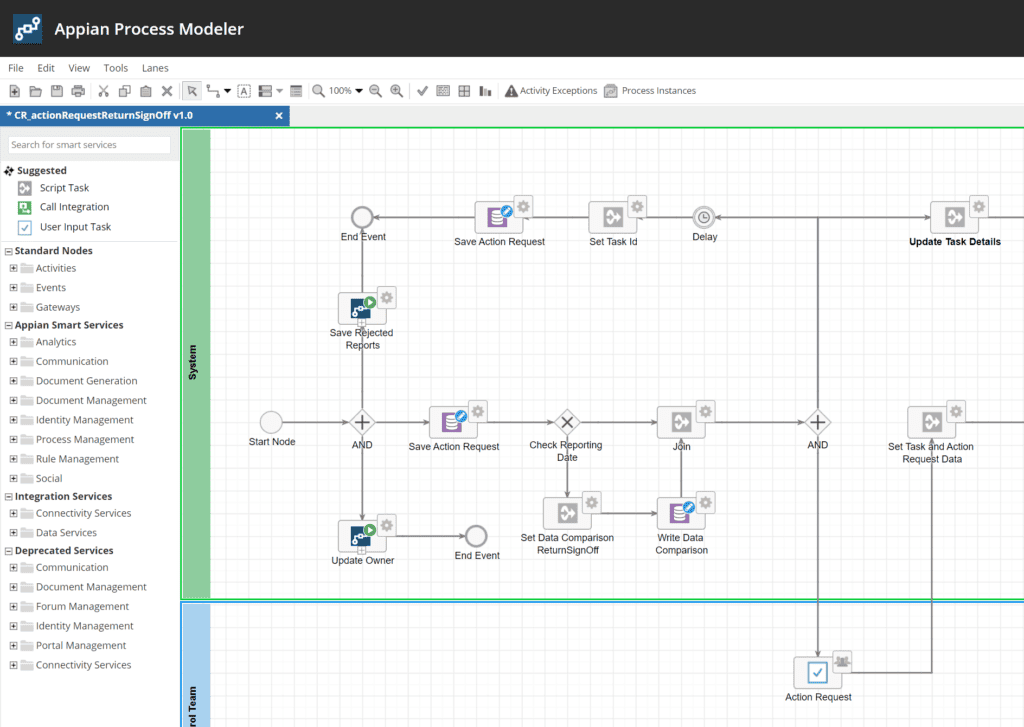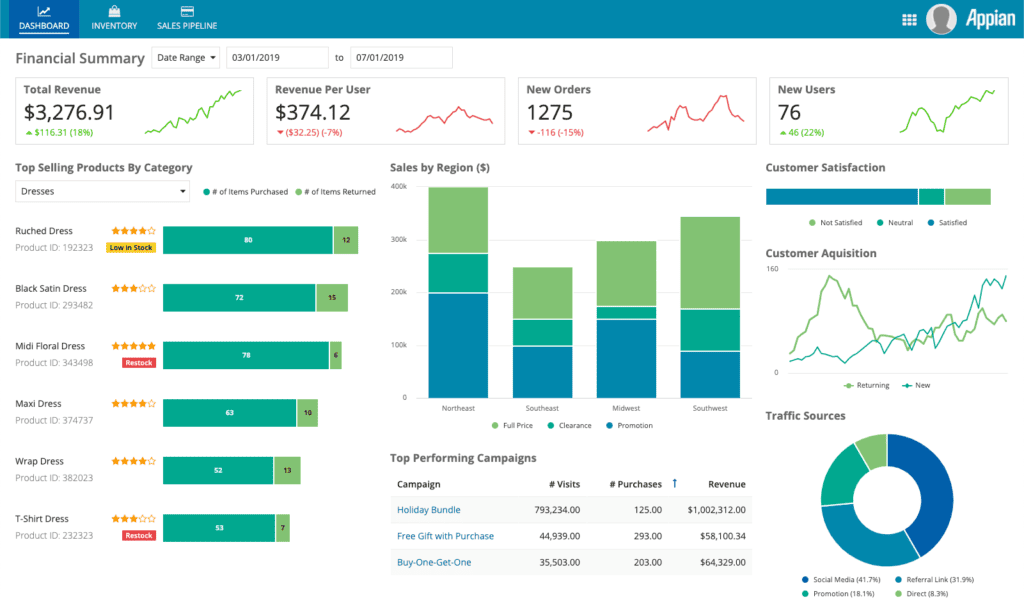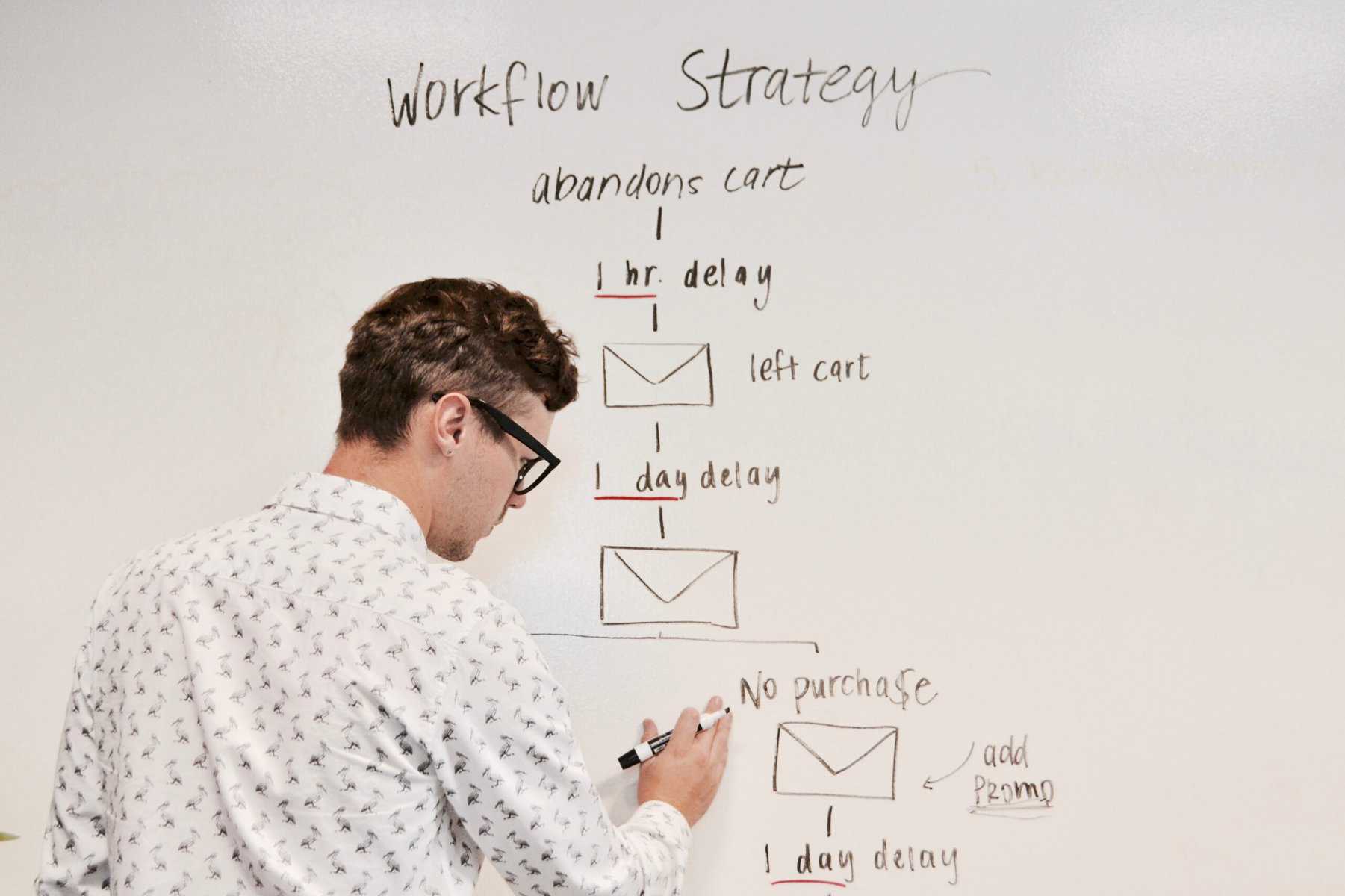The landscape of investment reporting is undergoing a transformative shift with the integration of workflow applications. As diverse departments collaborate to validate data accuracy, maintain client-specific positions, and ensure seamless daily reconciliation, the role of workflow applications emerges as a pivotal force in optimizing this intricate process.
What is a workflow?
In general, a workflow is a process of several activities which are necessary to complete a task. Those activities can be linked sequentially and/or they could be performed independently from each other. Indeed, such workflows can be found across every kind of area. Common business-related examples are:
- Monthly Reporting Process
- Daily Price Reconciliation
- Data Quality Management
- Onboarding Process
All in common is that such workflows can be described by using flow diagramming techniques. Typically, workflows are periodically repeated processes, say need to be performed once per week or month.
Why do we need workflow tools in investment reporting?
In investment reporting, a variety of departments and a high number of tasks are involved: While the data quality team ensures the prices and positions are correct, the external position team is maintaining client-specific external positions. In addition, the daily reconciliation team checks the returns and possible errors on a daily basis, whereas the business consultant verifies the report shortly before handing it over to the client. The management has to keep track on possible delays or improvements. Ideally, all these tasks need to be completed until a new reporting cycle starts.
As there are many people and processes involved, possible delays due to frictions might appear. That mean that once a person succeeds in completing a task, communication to the person responsible for the next task in the sequence might take too long. Or what if a step has been forgotten between?
The aim of a workflow tool in investment reporting can therefore be summarized as follows:
Increasing productivity
Combining people, data and technologies in a single tool can limit the frictions between several tasks involved in the investment reporting process. For example, as a user of a workflow tool, you can have a dashboard over all open tasks assigned to you or your team ordered by priorities or deadlines when the report needs to be sent to the client. Therefore, the user will be able to focus on her/his responsible tasks and complete the tasks in a very short time.
Reducing costs
Generating a time efficient workflow can increase productivity and prevent the number of reports being sent after the deadline to the client. In addition, a workflow tool makes sure that no step in between is forgotten and that priorities are clearly defined. Hence, costs for errors and re-work are minimized.
Improving information exchange
A workflow tool can not only be used for the information exchange over different areas, it can also remind users involved in the investment reporting for open tasks and deadlines. And since communication is automatically triggered in the workflow process, loss of information can be avoided.
Management overview
Further, a workflow tool helps the management to identify possible delays or bottlenecks. Indeed, analyzing the overview can be quite useful to improve an already existing workflow and make it even faster. A management dashboard can make sure that you have a graphical overview over the status of the current overall workflow process and you are able to identify where the risk of a delay in sending the investment report to the client is high.
Indeed, a workflow tool can bring you many advantages! But which workflow tool is bmpi using?
Workflow tool Appian
Appian is a so-called low code workflow tool. It can connect to external software via integrations, and hence preventing users to switch between different files and software. As building workflows in Appian is straight forward, implementation is simplified. Via drag and drop, the design of a workflow can be constructed in the Appian Process Modeler:

Based on the requirement on the process, you can build in Appian a dashboard allowing users to get an overview on open tasks:

By clicking on an item in the dashboard, a workflow can be designed such that you can easily navigate to the specific task without the need to start another software tool or to open a file in a folder. Once completed, you do not need to invest time on communicating the completion of the task since the next step in the workflow is automatically triggered notifying the next responsible person.
An Appian Management Board makes sure that management can keep the overview over the overall achievement:

Source: Charts – Appian 21.3
—
Unsere Spezialisten bei Ihnen im Projekt
- Sie möchten wissen, welche Herausforderungen ein Appian Developer in der Finanzbranche löst? Lesen Sie unseren Blogartikel Mit Appian-Expertise zur optimierten Geschäftsanwendung.
- Erfahren Sie mehr zur Business Rules Engine von ACTICO. Costantino Sertorio gibt Einblick in seine Arbeit als Senior Consultant.
- Unsere Spezialisten begleiten IT-Projekte und entwickeln Produkte für Unternehmen in der Finanzbranche. Mehr hierzu auf unserer Consulting-Seite.
Erhalten Sie Neuigkeiten zu Client Reporting, Trends, White Papers und mehr.
Abonnieren Sie unsere Blogartikel.
